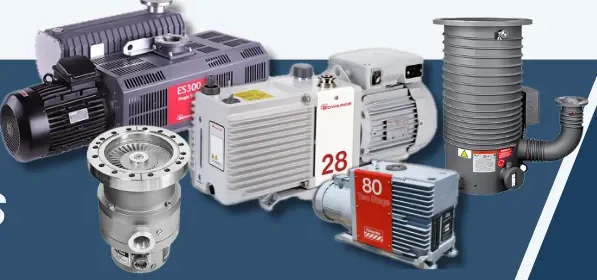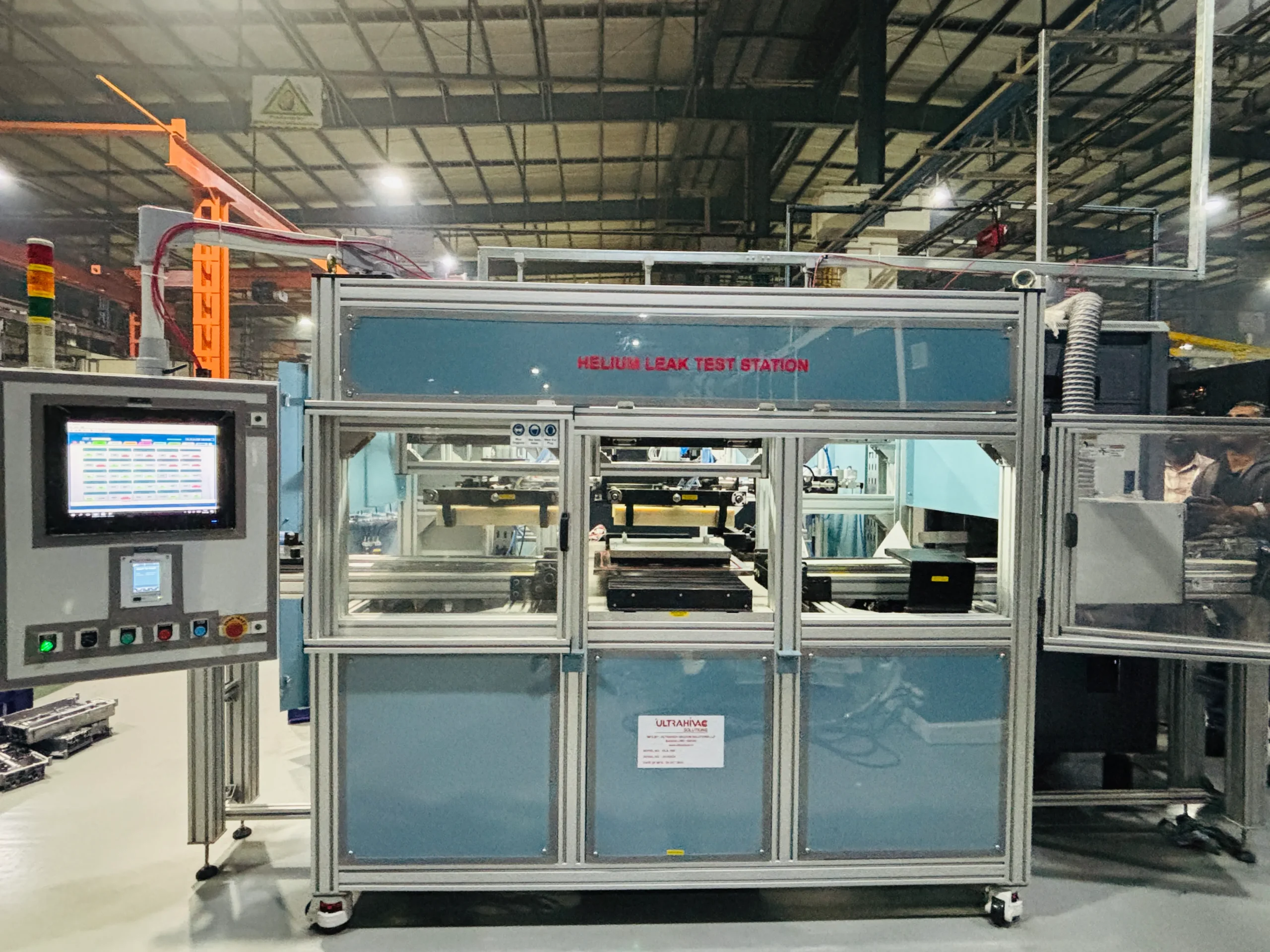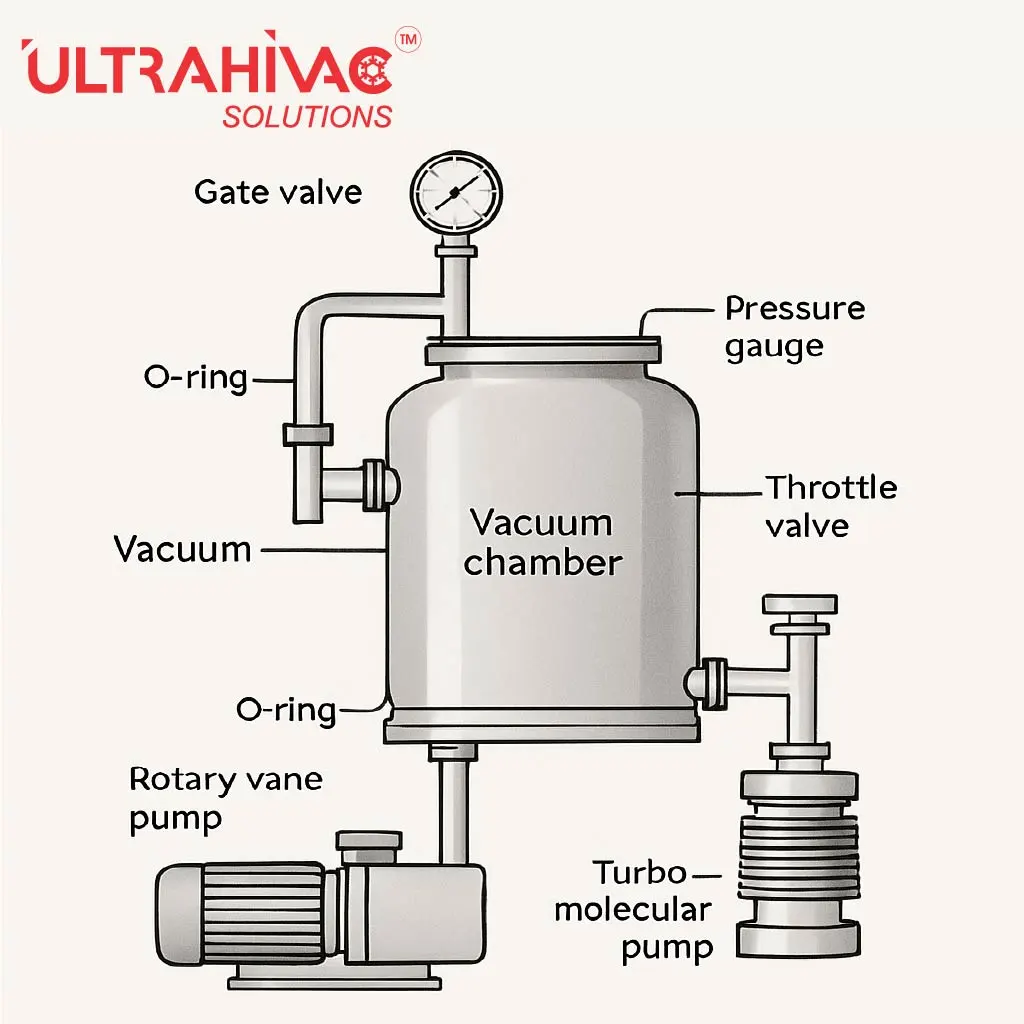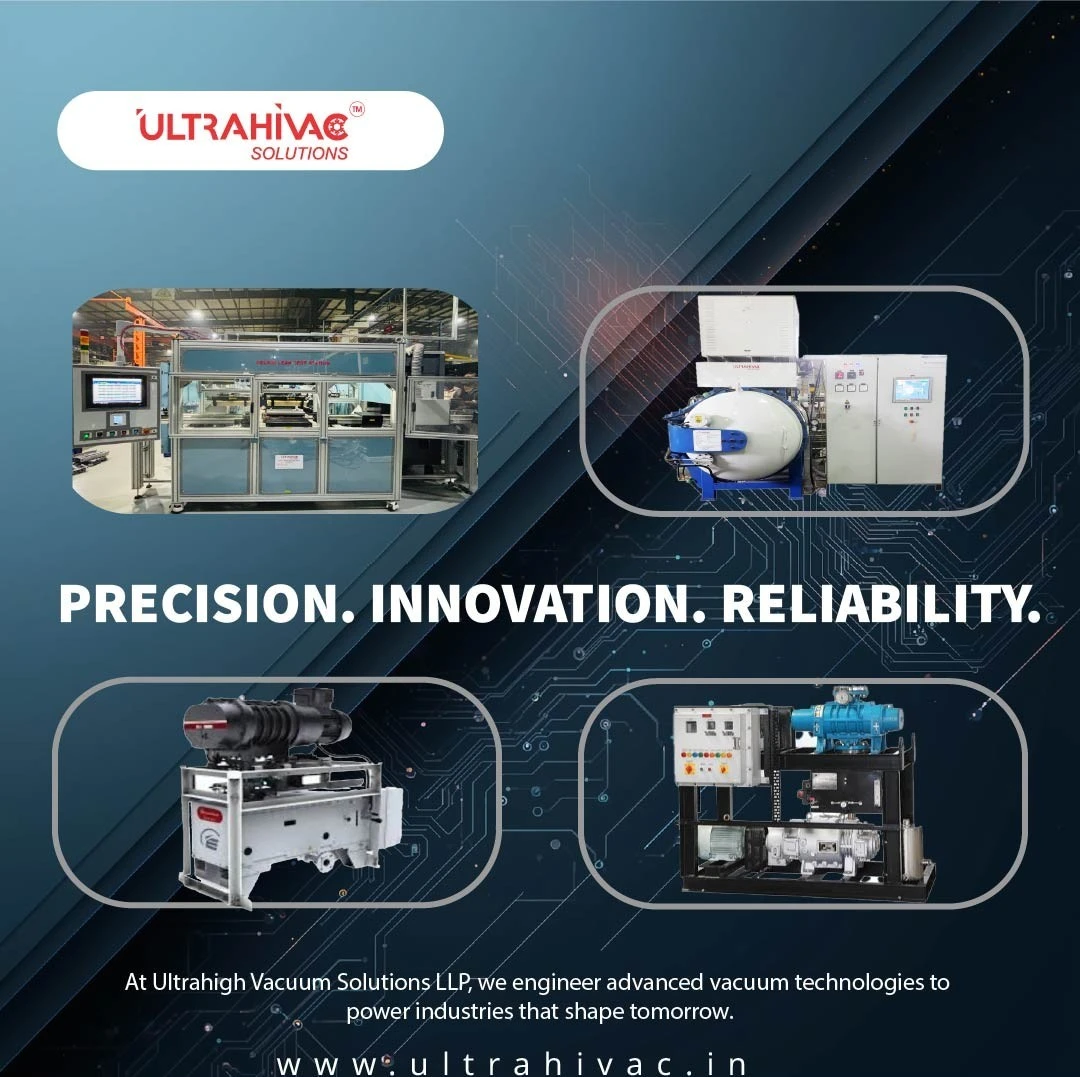A vacuum pressure gauge is essential for accurately measuring negative pressure in various applications, including industrial, scientific, and HVAC systems. Choosing the right vacuum gauge ensures precise control, safety, and efficiency in your operations. This guide will help you understand how to select the best vacuum pressure gauge for your needs.
Understanding Vacuum Pressure Gauges
A vacuum pressure gauge measures pressures below atmospheric pressure, helping monitor and regulate vacuum conditions in different systems.
A vacuum pressure gauge is used to measure negative pressure or partial vacuum in a closed system. Unlike standard pressure gauges that measure above atmospheric pressure, vacuum gauges indicate how much pressure has been reduced compared to the normal atmospheric level (101.3 kPa or 14.7 psi at sea level). These gauges are widely used in manufacturing, laboratory applications, and HVAC systems to ensure optimal vacuum performance.
Key Factors to Consider When Choosing a Vacuum Pressure Gauge
Selecting the right vacuum gauge depends on pressure range, accuracy, material compatibility, environmental conditions, and measurement type.
Vacuum Range and Measurement Units
- Rough vacuum (760 to 1 mbar): Used in industrial applications like HVAC, food packaging, and suction systems.
- Medium vacuum (1 to 10⁻³ mbar): Found in laboratory applications and pharmaceutical processes.
- High vacuum (10⁻³ to 10⁻⁷ mbar): Used in semiconductor manufacturing and research labs.
- Ultra-high vacuum (10⁻⁷ to 10⁻¹² mbar): Required for space simulation and particle accelerators.
Ensure the vacuum gauge you choose covers the necessary pressure range for your system. Measurement units may include Torr, mbar, Pa, or psi, depending on industry standards.
Accuracy Requirements
- For critical applications like research labs or semiconductor manufacturing, choose a gauge with ±0.25% or better accuracy.
- Industrial applications may require gauges with an accuracy of ±1% to ±2%.
- HVAC and general use gauges typically have an accuracy of ±2% to ±3%, which is sufficient for non-critical applications.
Gauge Material and Durability
- Brass or stainless steel cases: Ideal for general industrial and commercial use.
- Monel or Teflon-coated materials: Required for highly corrosive environments, such as chemical processing plants.
- Glycerin-filled gauges: Recommended for environments with vibration and pressure fluctuations.
Environmental Conditions
- If the vacuum gauge is used outdoors, ensure it is weatherproof and UV-resistant.
- In high-vibration environments, use a liquid-filled gauge to prevent needle fluctuations.
- For cleanroom or semiconductor applications, select a contamination-free and oil-free gauge.
Connection Type and Mounting
- Bottom-mounted gauges: Suitable for panel installations.
- Back-mounted gauges: Ideal for tight spaces.
- Thread types: Common connections include NPT, BSP, and flanged fittings, so ensure compatibility with your system.
Type of Vacuum Measurement
- Gauge Vacuum Pressure: Measures vacuum relative to atmospheric pressure.
- Absolute Vacuum Pressure: Measures pressure relative to a perfect vacuum (zero pressure).
- Differential Vacuum Pressure: Compares vacuum levels between two points in a system.
Types of Vacuum Pressure Gauges and Their Applications
Different vacuum gauges are designed for specific applications, ranging from industrial vacuum systems to high-tech scientific research.
| Type of Vacuum Gauge | Best for | Key Features |
| Bourdon Tube Vacuum Gauge | Industrial and HVAC applications | Simple, durable, cost-effective |
| Digital Vacuum Gauge | Laboratories, precision testing | High accuracy, digital display |
| Capacitance Manometer | Semiconductor and research labs | Measures absolute pressure, very precise |
| Pirani Vacuum Gauge | Medium vacuum applications | Thermal conductivity-based measurement |
| Ionization Gauge | Ultra-high vacuum environments | Measures ultra-low pressures |
| Diaphragm Vacuum Gauge | Chemical and food industries | Corrosion-resistant, reliable |
Common Applications of Vacuum Pressure Gauges
Vacuum gauges play a crucial role in various industries, ensuring optimal system performance and safety.
- HVAC Systems: Used to measure vacuum levels in refrigeration and air conditioning systems to ensure proper operation.
- Food Packaging: Helps monitor vacuum sealing in food processing to maintain product freshness.
- Medical and Pharmaceutical Industry: Ensures proper vacuum levels in sterilization chambers, oxygen systems, and medical suction devices.
- Automotive Industry: Used in brake boosters and fuel injection systems for precise vacuum measurement.
- Semiconductor Manufacturing: Monitors vacuum levels in chip fabrication and thin-film deposition processes.
Maintenance and Calibration of Vacuum Gauges
Regular maintenance and calibration ensure the accuracy and longevity of your vacuum pressure gauge.
- Calibration: Check accuracy using a calibrated reference gauge and recalibrate periodically.
- Leak Detection: Inspect connections and fittings for vacuum leaks that may affect readings.
- Cleaning: Clean gauges exposed to dust or chemicals to prevent clogging and inaccurate measurements.
- Replacement: Replace the gauge if readings fluctuate, the display malfunctions, or the needle sticks.
Conclusion
Choosing the right vacuum pressure gauge involves evaluating factors such as pressure range, accuracy, material compatibility, and environmental conditions. Selecting a gauge tailored to your application ensures precise measurements and reliable system performance. Whether you need a vacuum gauge for industrial, medical, or scientific use, this guide provides essential insights to help you make the best choice.
For high-quality vacuum pressure gauges, contact UltraHivac today for expert advice and premium solutions.
FAQs About Vacuum Pressure Gauges
Here are some common questions and answers to help you choose and maintain the right vacuum pressure gauge for your application.
1. What is a vacuum pressure gauge used for?
A vacuum pressure gauge measures pressure below atmospheric levels in various applications, including industrial processes, scientific research, and HVAC systems. It ensures proper system operation by detecting pressure fluctuations, preventing leaks, and maintaining optimal performance. Selecting the right gauge depends on the required pressure range and environmental conditions.
2. How do I choose the right vacuum gauge for my system?
To choose the right vacuum pressure gauge, consider factors like the required pressure range, accuracy, material compatibility, environmental conditions, and connection type. Different applications require specific gauge types, such as dial, digital, or absolute vacuum gauges, to ensure reliable measurements and long-term system efficiency in industrial or scientific environments.
3. How often should a vacuum gauge be calibrated?
Vacuum pressure gauges require regular calibration to maintain accuracy. High-precision applications may need calibration every six months, while industrial gauges should be checked annually. Calibration frequency depends on operating conditions, usage frequency, and manufacturer recommendations. Regular calibration prevents errors, improves reliability, and ensures consistent performance in vacuum systems.
4. What are common signs that a vacuum gauge needs replacement?
Signs that a vacuum gauge may need replacement include fluctuating readings, slow response times, a stuck or unresponsive needle, or visible damage. If recalibration does not restore accuracy, replacing the gauge is necessary to maintain precise vacuum measurement, prevent operational issues, and ensure system efficiency in critical applications.
5. What is the difference between absolute and gauge vacuum pressure?
Absolute vacuum pressure is measured relative to a perfect vacuum (zero pressure), while gauge vacuum pressure is measured relative to atmospheric pressure. Absolute gauges provide consistent readings in all conditions, while gauge vacuum gauges are affected by altitude and weather changes, making them suitable for specific applications requiring relative measurements.





